6 Types of Traffic Cameras (With Pictures)
Last Updated on
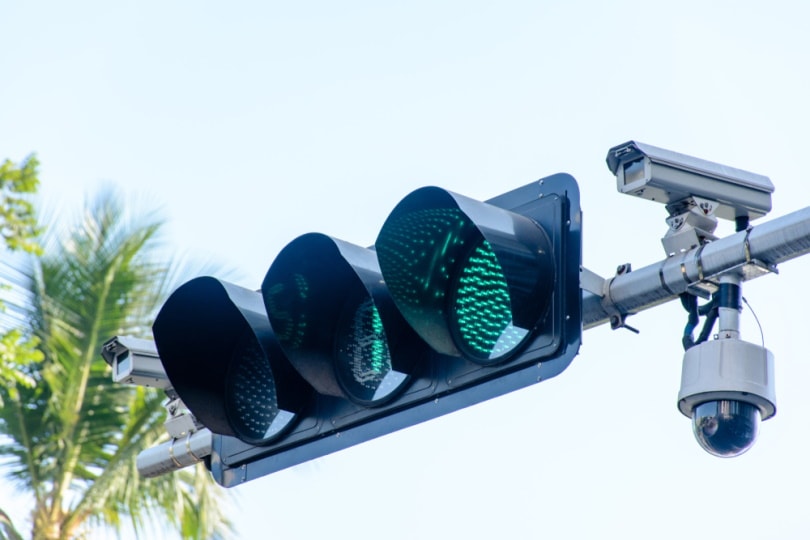
If you spend a great deal of time in your vehicle due to work or leisure, you have likely seen video cameras pointed in your direction. Some of these cameras detect traffic, while law enforcement uses others to detect speeders and motorists violating other laws, especially in construction zones. Keep reading as we look at several different traffic cameras that are used across America, so you can be better informed and avoid fines from traffic violations.

The 6 Types of Traffic Cameras (With Pictures)
Enforcement Cameras
1. Red-Light Cameras
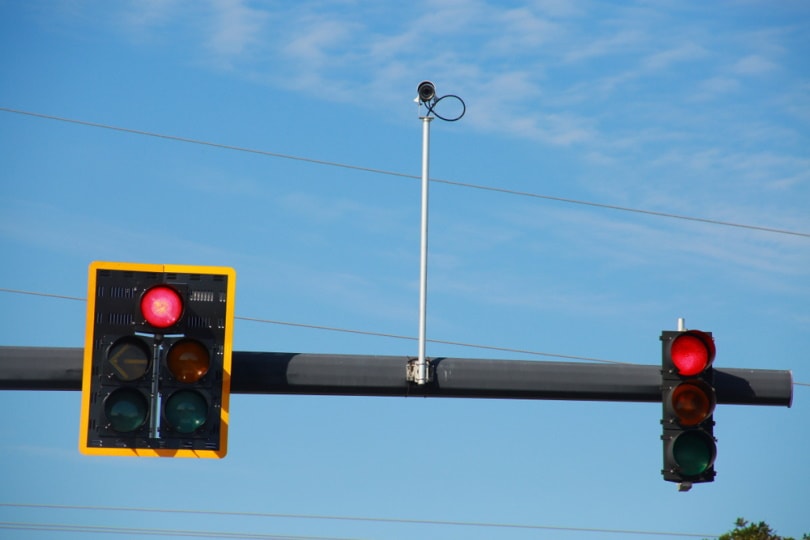
| Used by law enforcement | Yes |
Red-light cameras are not easy to see, and law enforcement can use them to issue you a citation. These cameras detect when you pass through a red light and will take your picture. Luckily, these cameras only snap a photo when the light has turned red. You are safe if you are already driving through the interaction when the light changes. You will find these cameras around a busy intersection. They are typically bulky, square, and pointing in different directions.
2. Speed Cameras
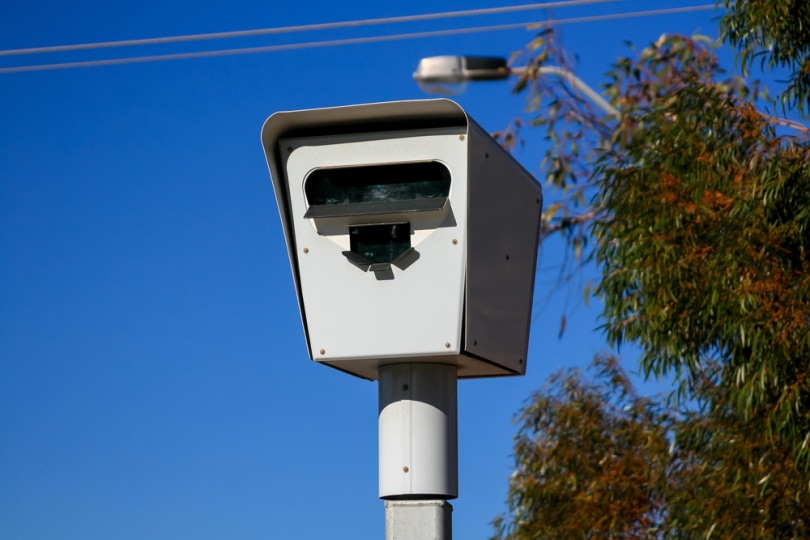
| Used by law enforcement | Yes |
Speed cameras are similar to red-light cameras, with the main difference being their placement. While red-light cameras are typically by busy intersections, speed cameras are put on open roads, where traffic speeds can be higher. High speeds can lead to increased accidents, especially if the road is curvy, hilly, or near a wooded area where deer or other animals can venture onto the roadway. The traffic camera will detect your speed, snap your photo, and send you a citation that is difficult to fight in a court of law.
3. Average Speed Camera
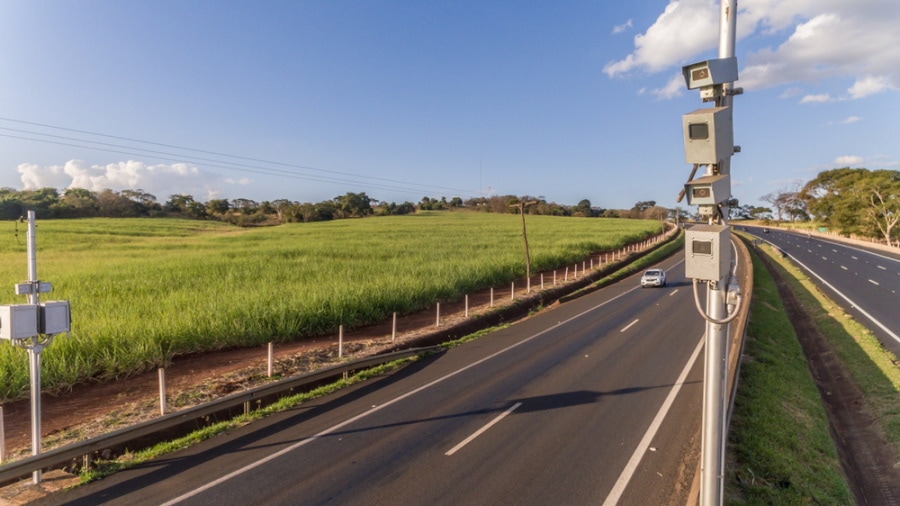
| Used by law enforcement | Yes |
These are like standard speed cameras, but they have radar to detect speed. Average speed cameras use multiple units to see how fast you are going. These cameras calculate the time that it takes you to pass by both to determine momentum. They tend to be quite accurate. After they get your license plate number, you will get a citation in the mail.
4. Mobile Speed Camera
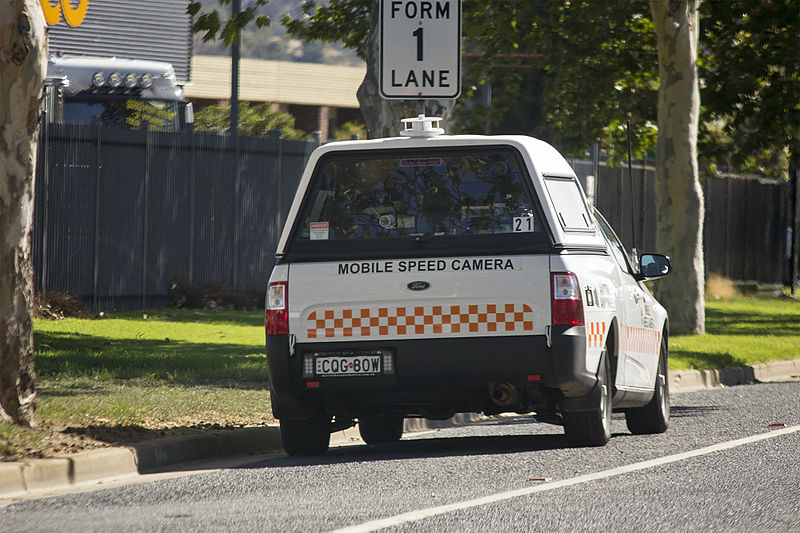
| Used by law enforcement | Yes |
Mobile speed cameras are handheld devices used by police officers, though they can sometimes be mounted in a van or another portable structure. You will see them in use in speed traps on busy highway sections, especially during rush hour or early morning commutes. Since they are portable, they are popular in construction zones, which often require lower traffic speeds.
Non-Enforcement Cameras
5. Automatic Number Plate Recognition Cameras
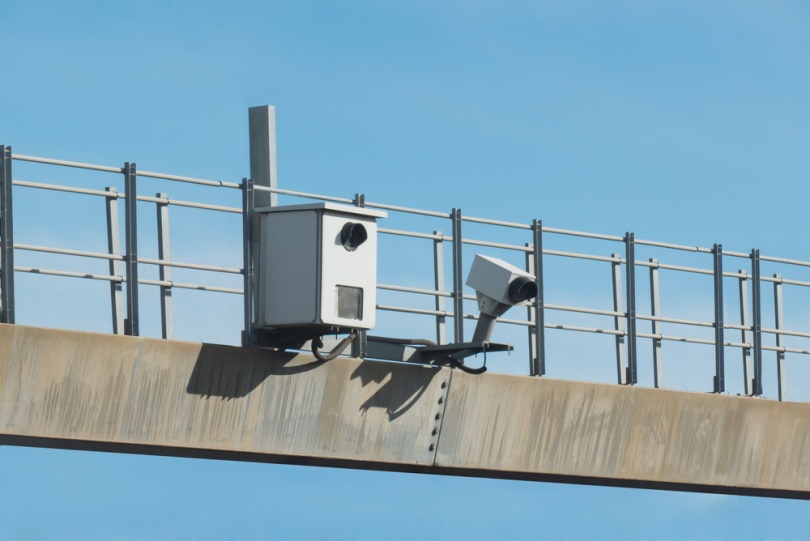
| Used by law enforcement | Sometimes |
Automatic Number Plate Recognition cameras have several uses on the roadway, and not all of them are for law enforcement. These cameras use infrared light to read the numbers on license plates even when it is dark out. You can find them at many turnpike toll booths because they are used for easy-pass systems or to prosecute lawbreakers. They are easy to spot because they usually flood the area with infrared light so the camera can work. Police officers can use these cameras to detect if a person has a warrant for their arrest. However, they can also use these cameras to target low-income parking lots to find offenders.
6. Traffic-Sensor Camera
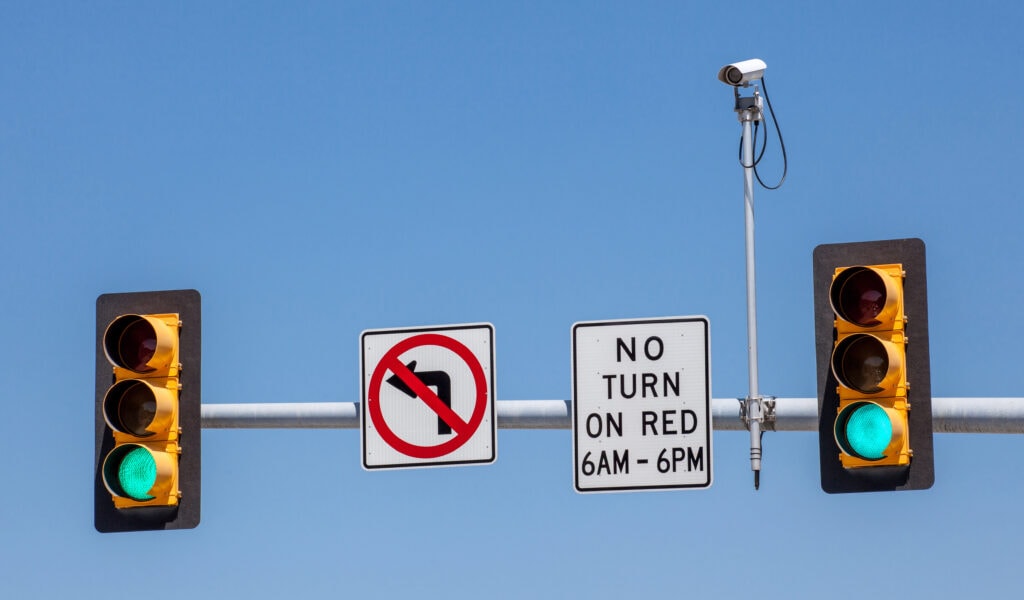
| Used by law enforcement | No |
Traffic-sensor cameras are identifiable cameras that are typically pointed at traffic. Law enforcement does not use these cameras to ensure that you follow the law. Instead, the Department of Transportation and other entities use it to detect traffic flow in order to help determine the allocation of state and federal funds. Most commonly, you will see them on top of traffic lights, where they control light color based on how many vehicles are waiting in line.

How can I avoid a ticket from a traffic camera?
The best way to avoid a ticket from a traffic camera is to follow all traffic laws in your state. There are many online guides that claim to show you how to beat these cameras, but in most cases, these methods fail, and you face getting points on your license, a fine, or worse. You might even cause an accident or lose your license completely.
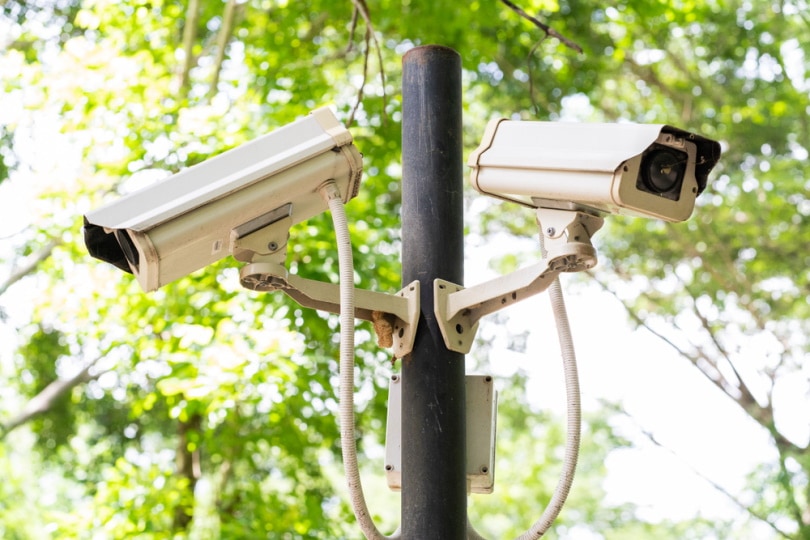
How do I know when I’m being tracked by a traffic camera?
When traffic cameras are in use, especially for law enforcement, there is usually a sign posted nearby to warn passing motors that the system is in use.
Why do so many people complain about traffic cameras?
Traffic cameras help improve the safety of construction zones, direct traffic more effectively at stoplights, and help keep roadways safe by preventing people from driving too fast. However, these cameras have many problems. They tend to make motorists slam on their brakes when they notice one, which can cause accidents or a traffic jam. Some people also say that the cameras violate due process and privacy, and others see them as merely a way for the government to get more money.

Conclusion
There are several different kinds of cameras in use, and despite their many flaws, most of them are beneficial in keeping roadways and construction zones safer. Keep an eye out for signs that one or more of these cameras are in use, as these often notify drivers well before you are within range, so you have time to adjust your driving.
Featured Image Credit By Aung Myat, Shutterstock
About the Author Ed Malaker
Ed Malaker is a veteran writer who contributes to a wide range of blogs covering information on computer programming, pets, birding, tools, fitness, guitars, and optics. Outside of writing, Ed is often found working in the garden or performing DIY projects in the house. Ed is also a musician, spending his time composing music for independent films or helping people repair their guitars.
Related Articles:
Monocular vs Telescope: Differences Explained (With Pictures)
How to Clean a Refractor Telescope: Step-by-Step Guide
How to Clean a Telescope Eyepiece: Step-by-Step Guide
How to Clean a Rifle Scope: 8 Expert Tips
What Is a Monocular Used For? 8 Common Functions
How to Clean a Telescope Mirror: 8 Expert Tips
Brightfield vs Phase Contrast Microscopy: The Differences Explained
SkyCamHD Drone Review: Pros, Cons, FAQ, & Verdict
